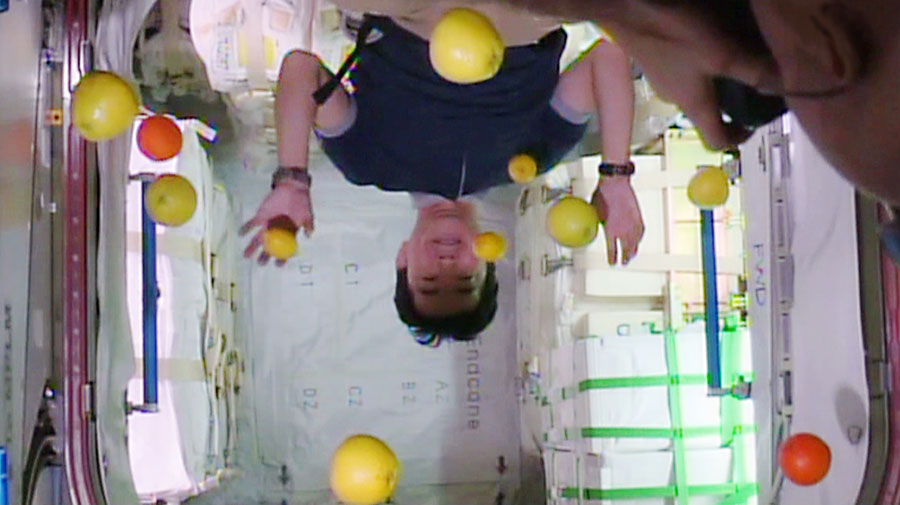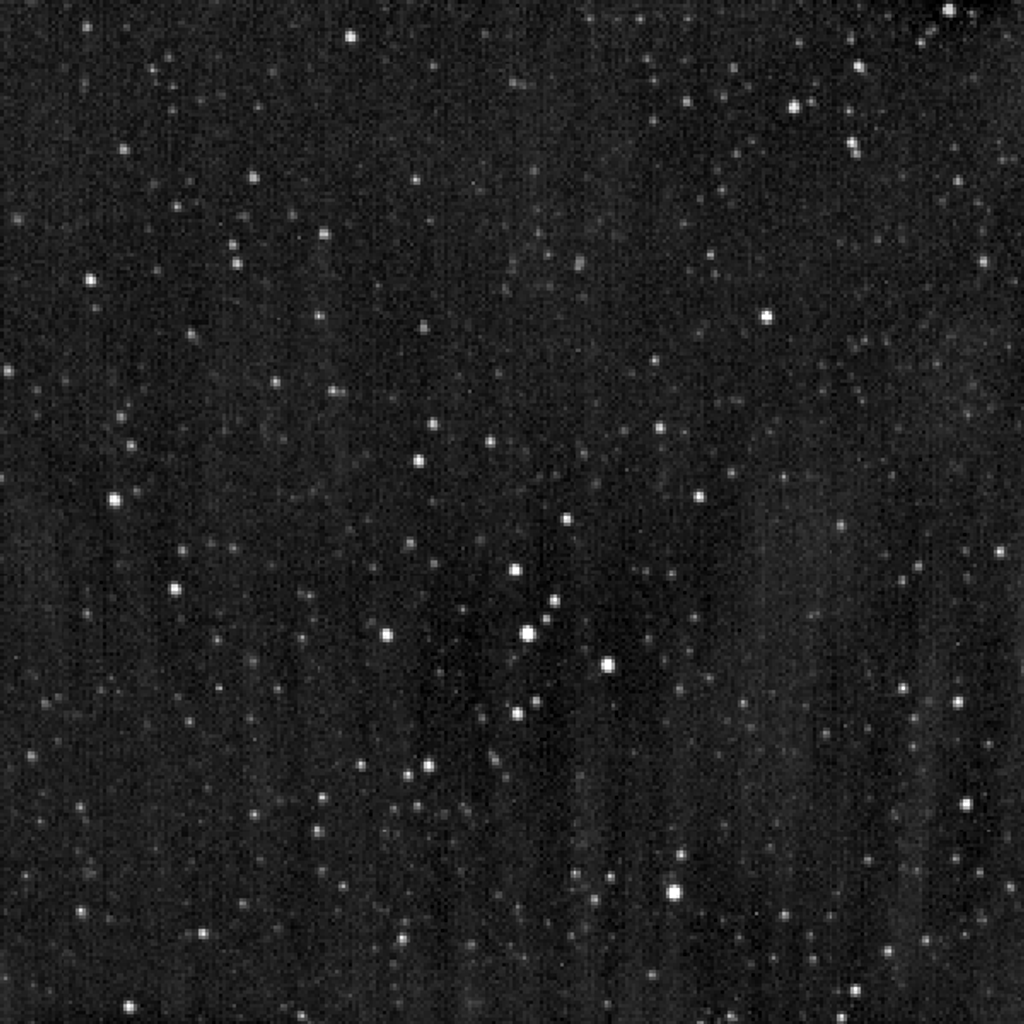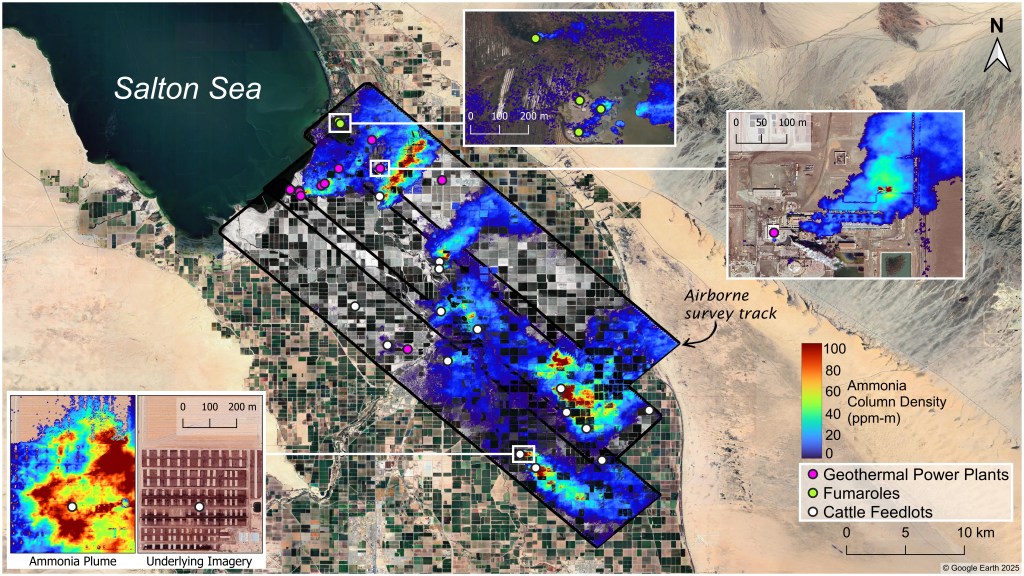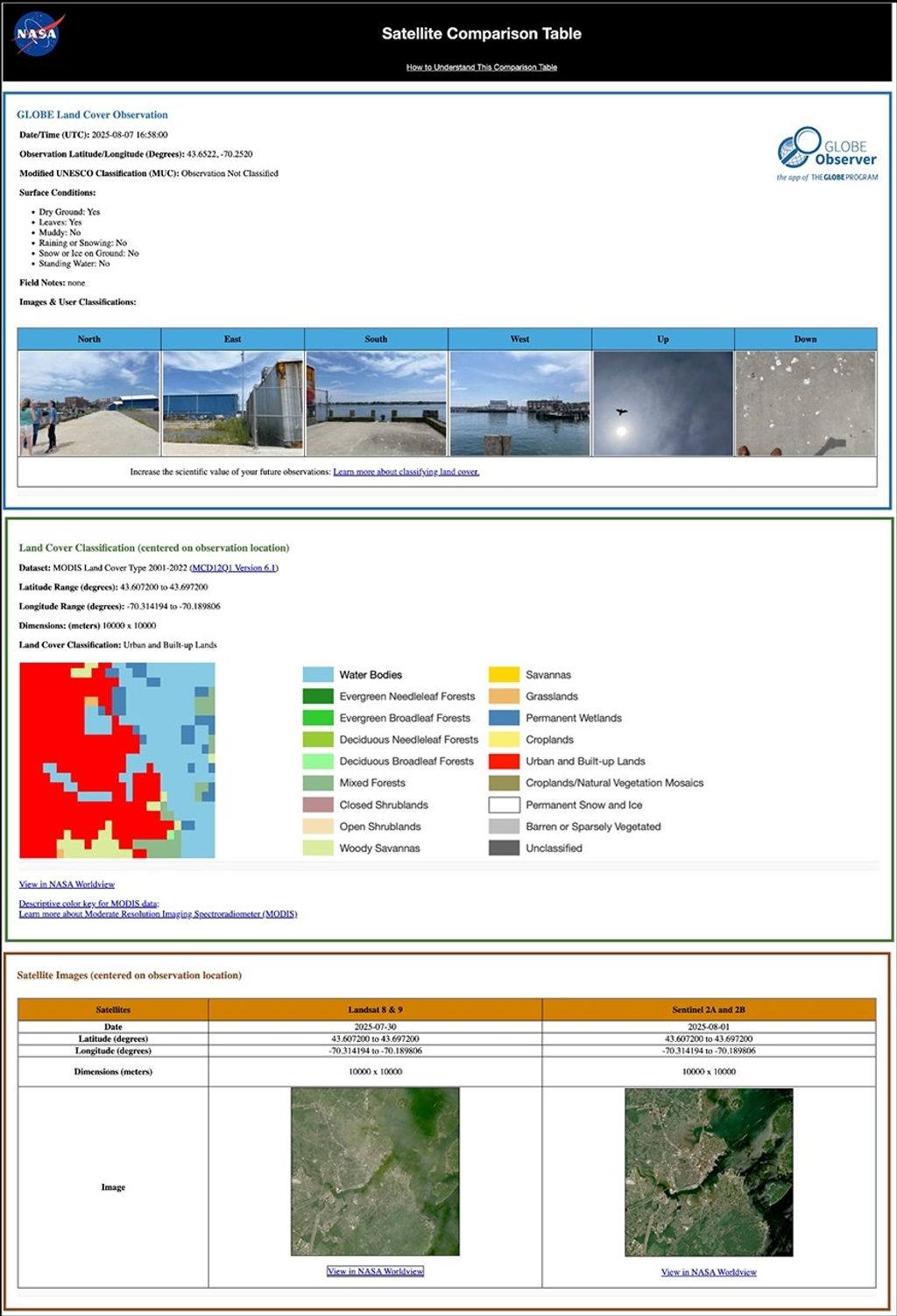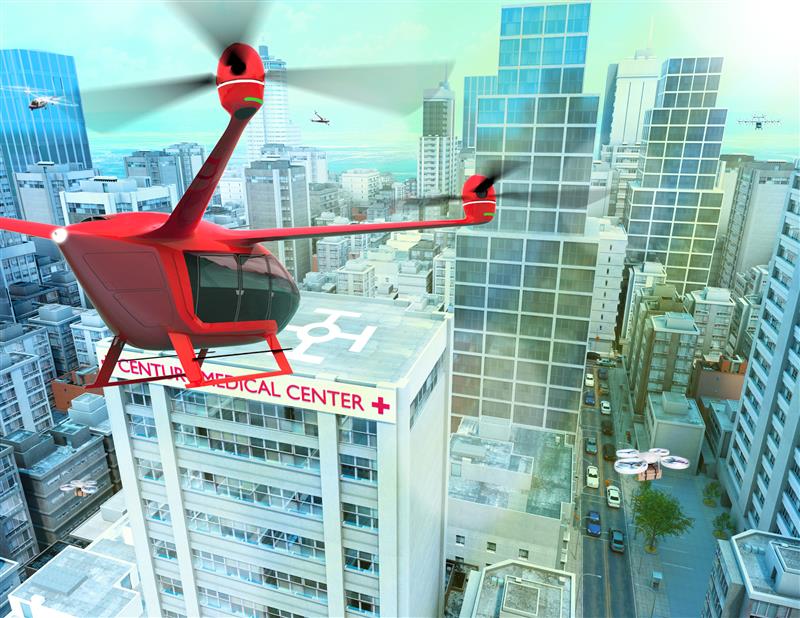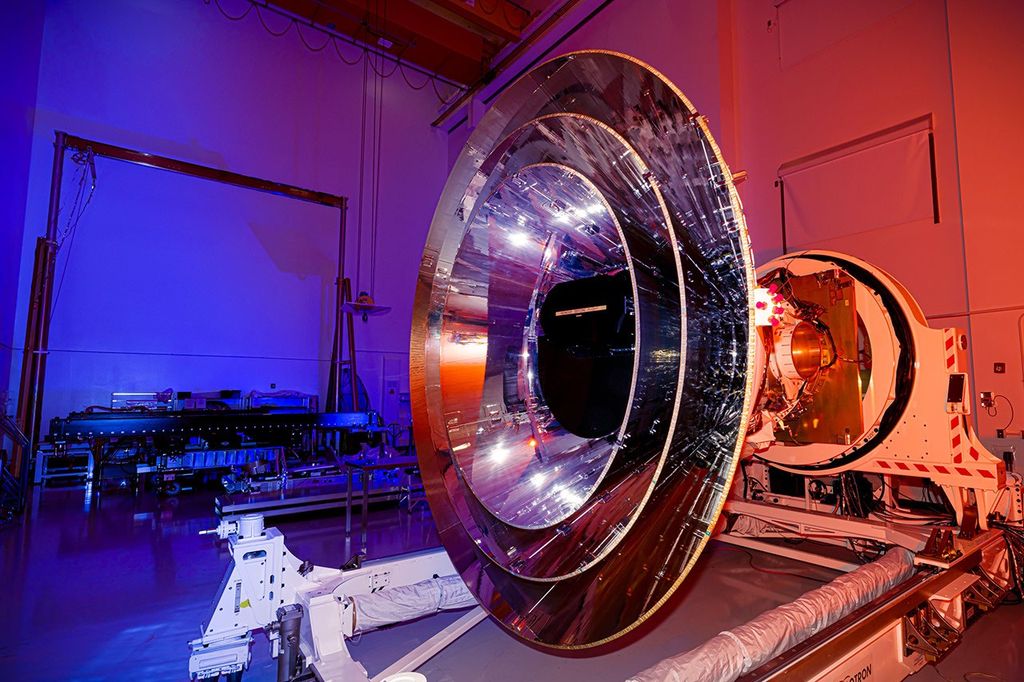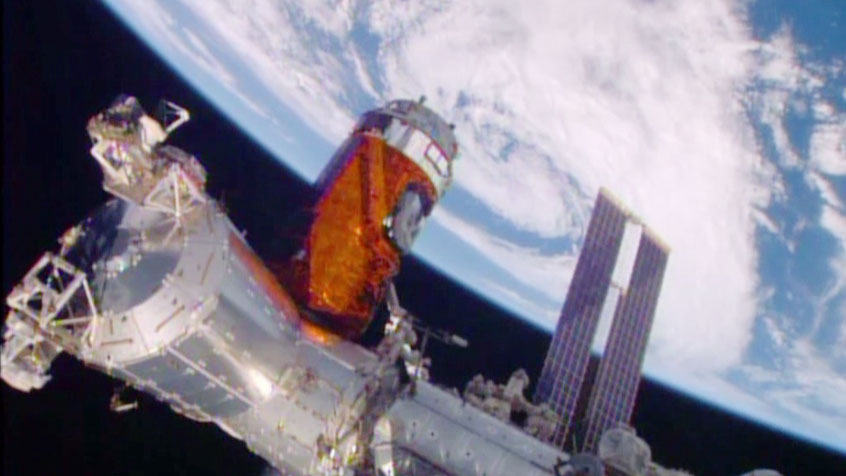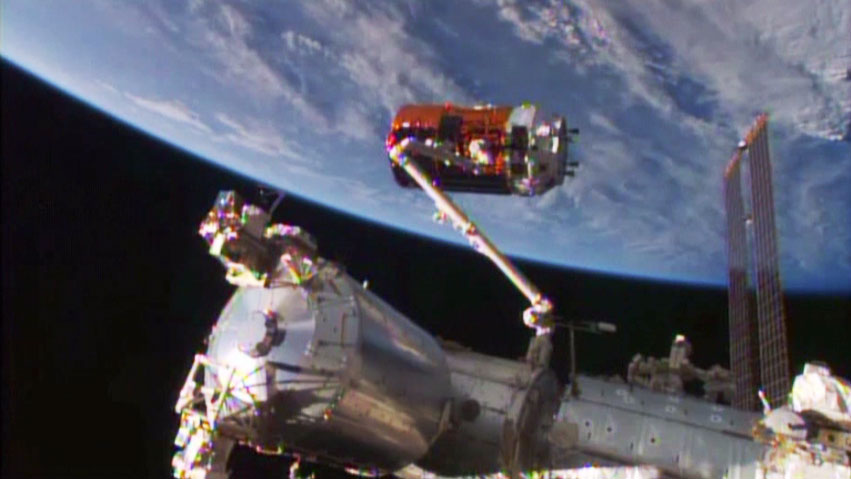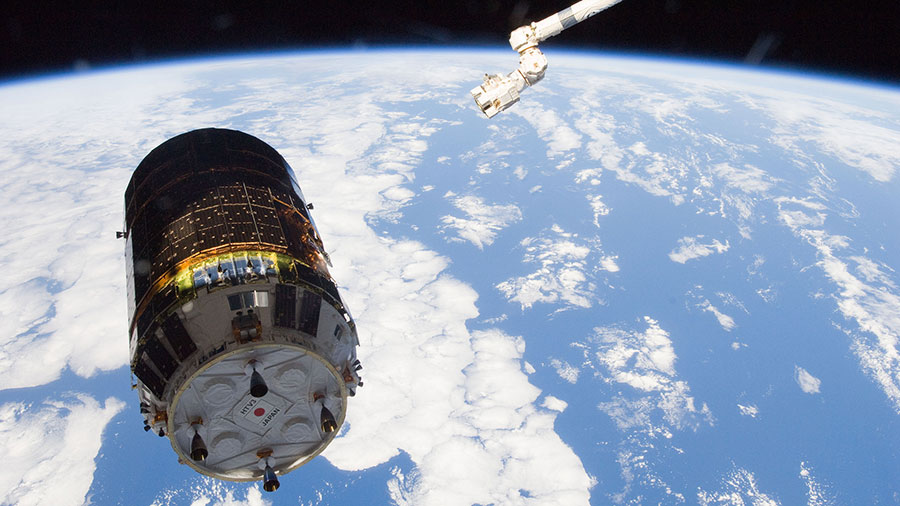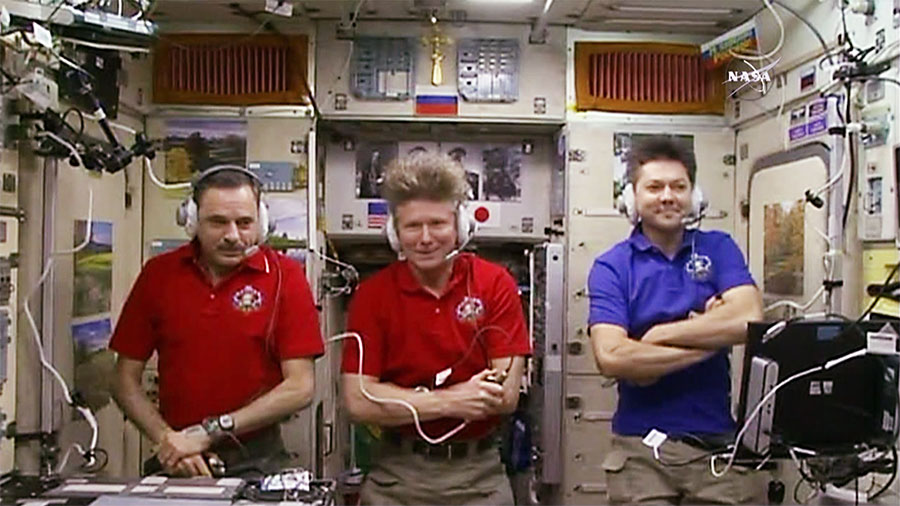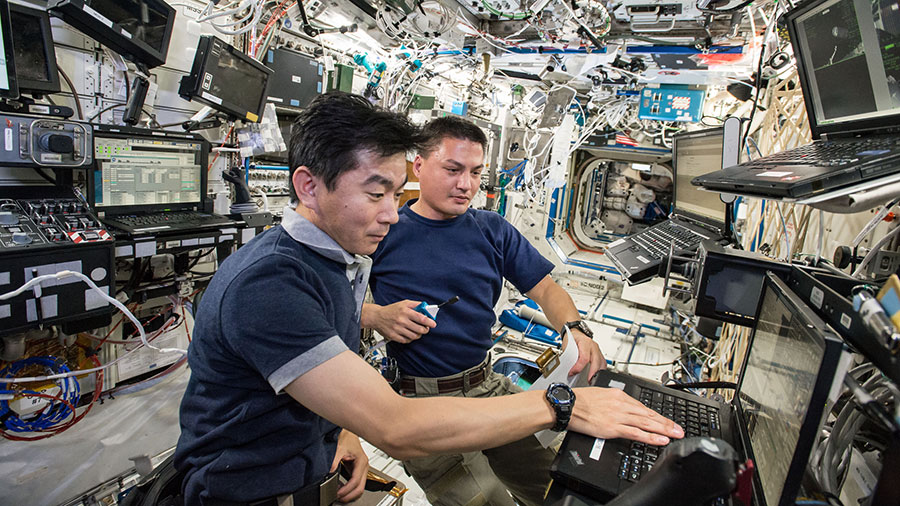The crew opened the hatches today to Japan’s fifth “Kounotori” resupply ship (HTV-5) and began unloading new supplies and science gear. The station residents also studied human research and reviewed changes to emergency procedures. The HTV-5 arrived Monday morning carrying cargo and science for the crew and external experiments to be attached to the Kibo …
Crew Begins Unloading Japanese Cargo Ship
